Los Ilinizas was declared a protected zone on December 11, 1996 and covers an area of 149,900 hectares. The reserve covers sections in the provinces of Cotopaxi, Pichincha and Santo Domingo de los Tsáchilas. The altitude of the reserve starts at 800 meters above sea level and reaches its highest peal 5,263 meters. Here you will find various types of landscapes including tropical forests, warm valleys, extensive meadows and Andean páramo.


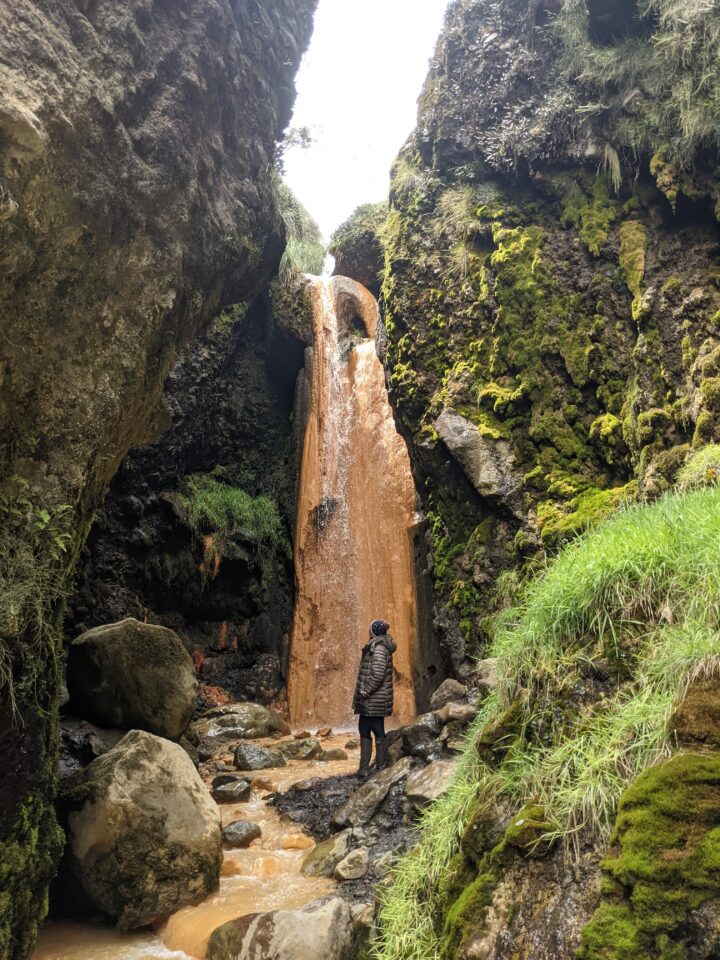

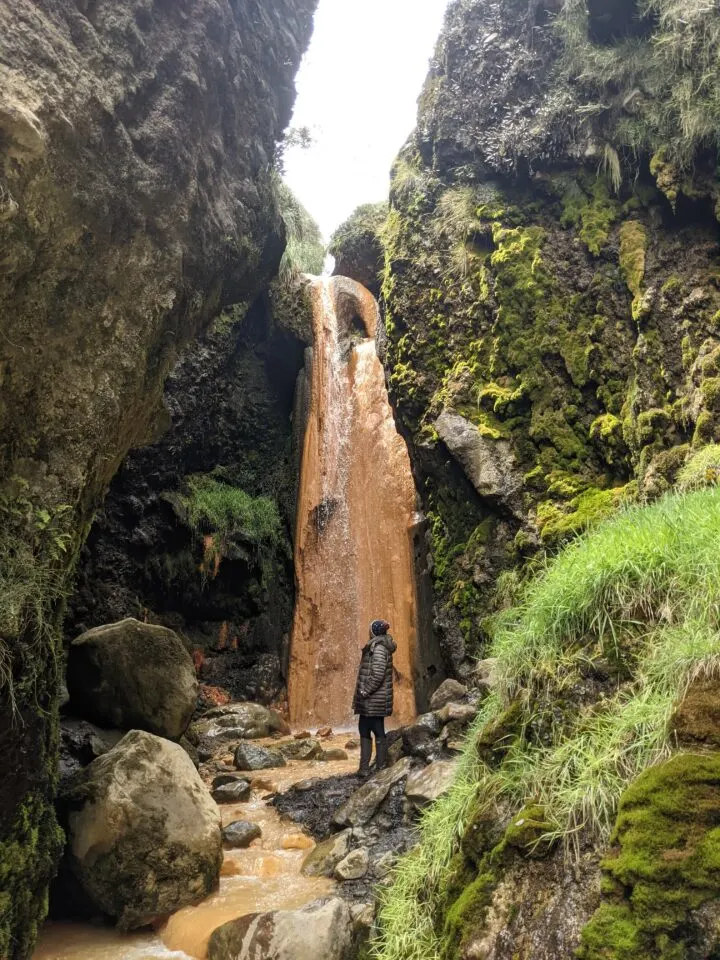

The reserve is divided into four sections, of which the largest is made up of a long block on the side of Quilotoa, where the waters that feed the Toachi River begin.
The second zone is the sector where the Ilinizas and El Corazón volcanoes are located. The third block is to the southwest. The fourth block is a kind of islet that borders the Quilotoa lagoon.
The Ilinizas are two summits of a single origin, which were part of a single active volcano. The soils that cover the reserve are of early volcanic origin. The high altitude that its peaks reach allows the existence of two well-defined sections: Towards the west, due to the humidity that comes from the ocean, there is more vegetation, while in the areas that face the inter-Andean alley it is dry.
What should you know before visiting the Cunuyacu Hot Springs and its waterfall?
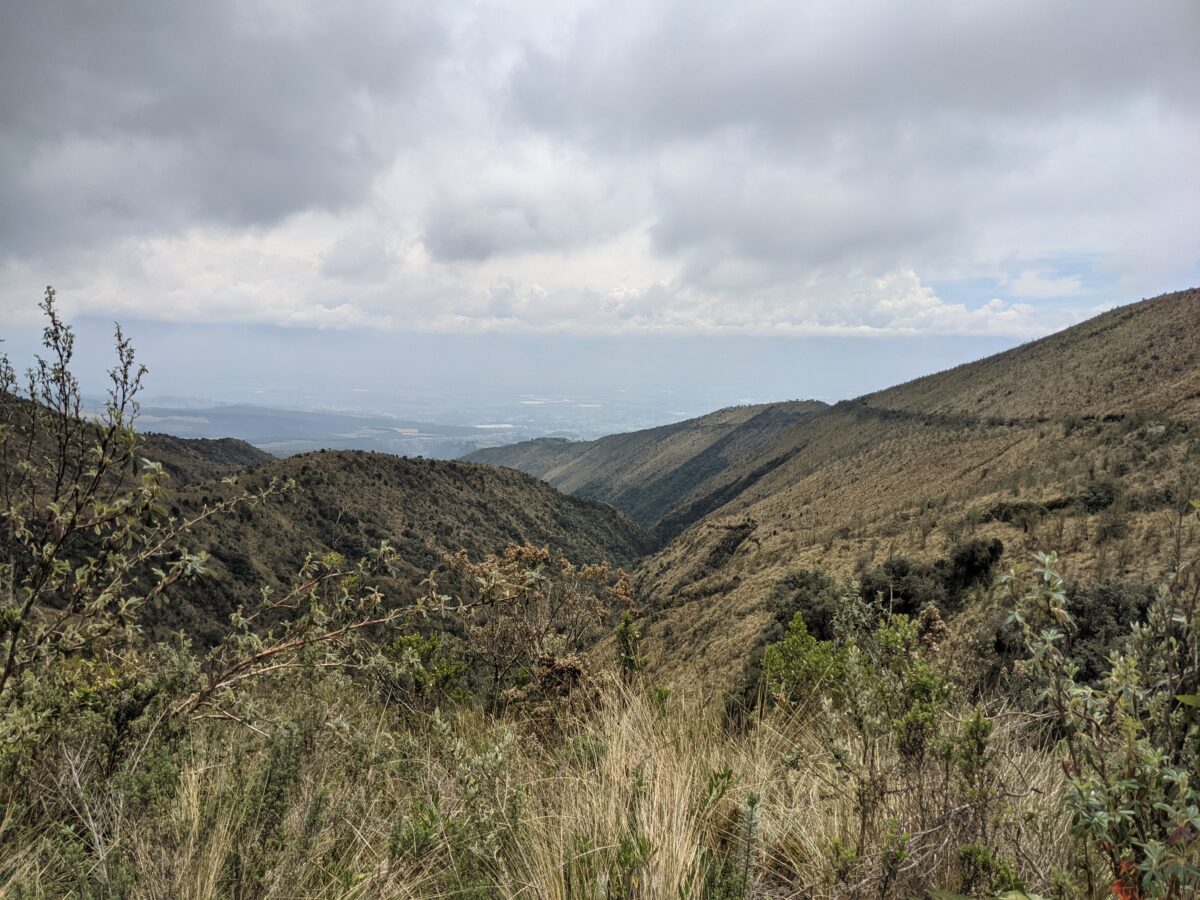

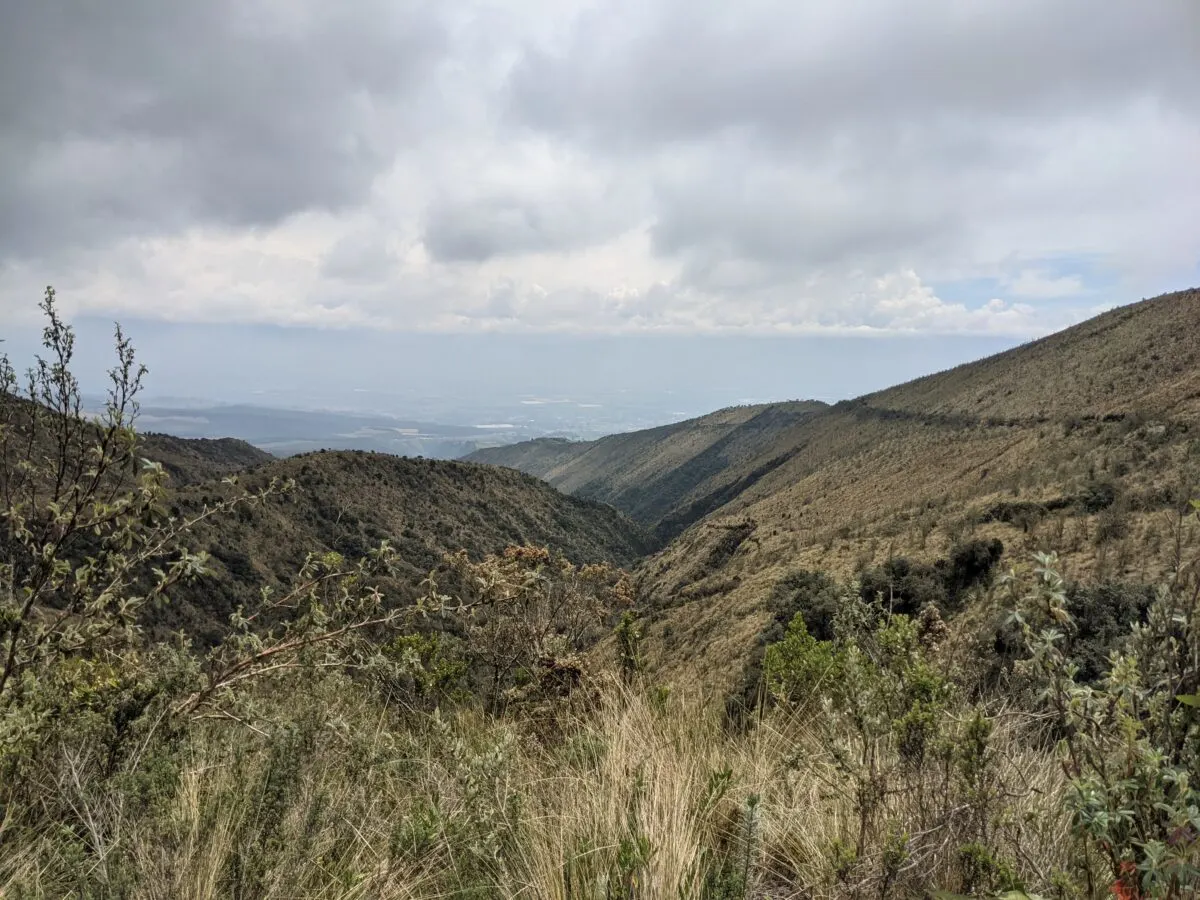

- The reserve is open from 8AM to 2PM.
- The Cunuyacu hot spring is not large, it is a small natural pool that fits no more than 6 to 9 people. It’s not deep and it doesn’t smell like sulphur.
- Try to visit the hot springs during the week and avoid weekends, so it is less crowded. During the weekends it is full. I recommend you go early in the morning.
- There is no place to buy drinking water.
- Wear your bathing suit, as there are no restrooms or changing booths.
- The road to the hot springs is not in great shape, you need a 4X4 car to get to the parking lot of the park. You can take a tour with Marquito. He charges $45 from his house and $60 from the town for a round trip ride and waits for you to finish your tour. This price is for 3 to 6 people.
- The Cunuyacu hot springs start from the Iliniza Sur with luck and a clear sky you can see the volcanoes, including Cotopaxi.
How to get to the Cunuyacu Hot Springs and the Ilinizas Gold Waterfall?
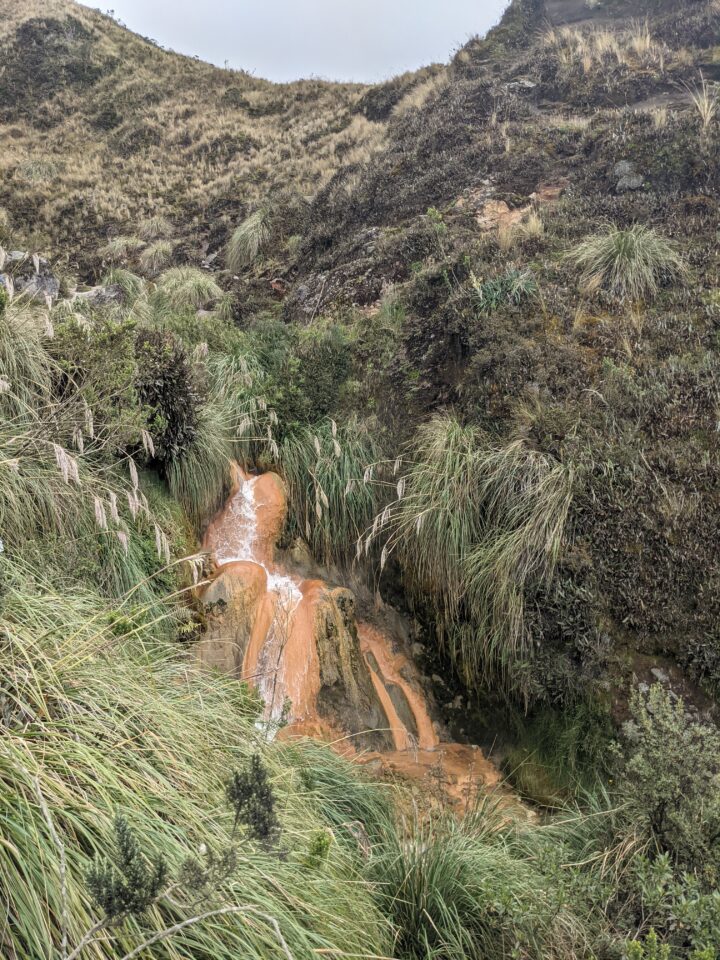

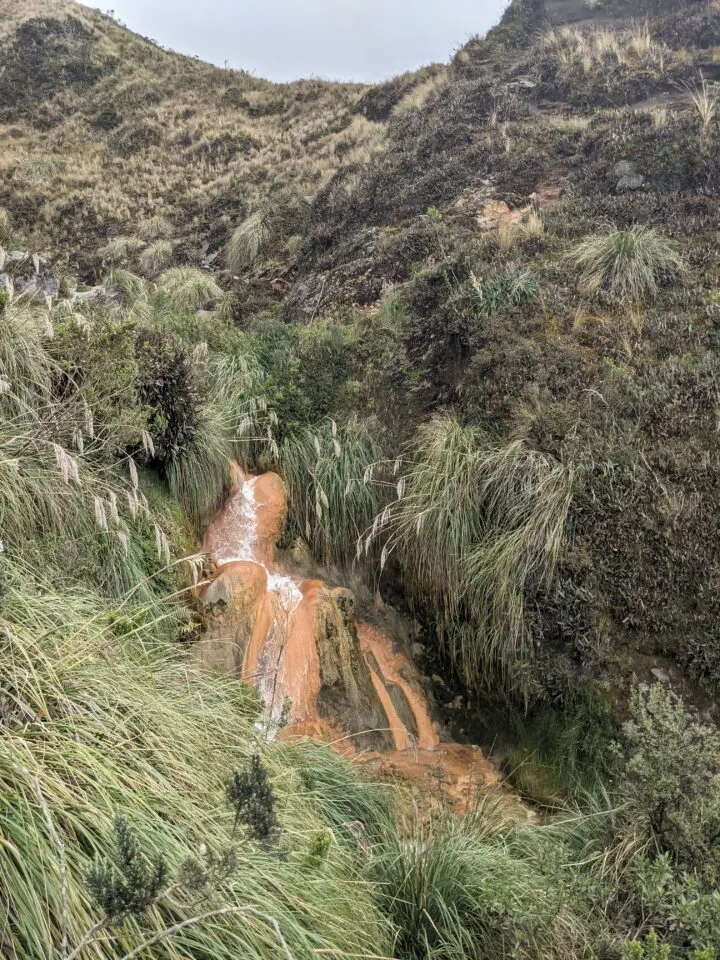

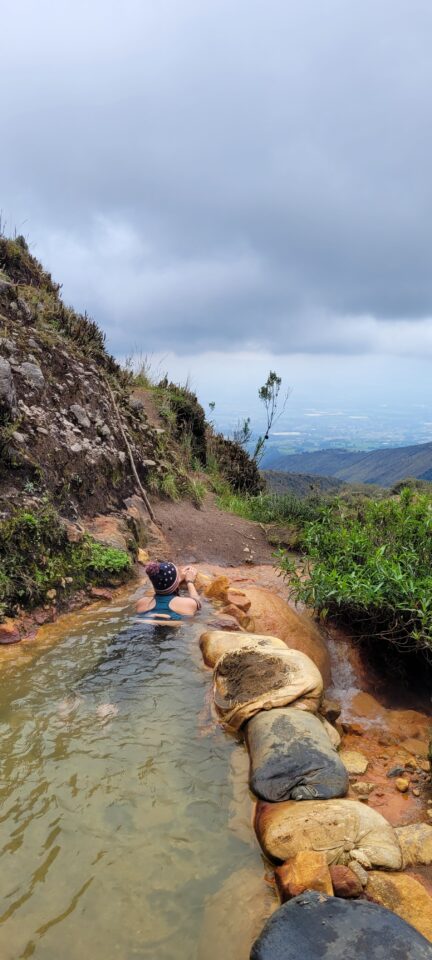

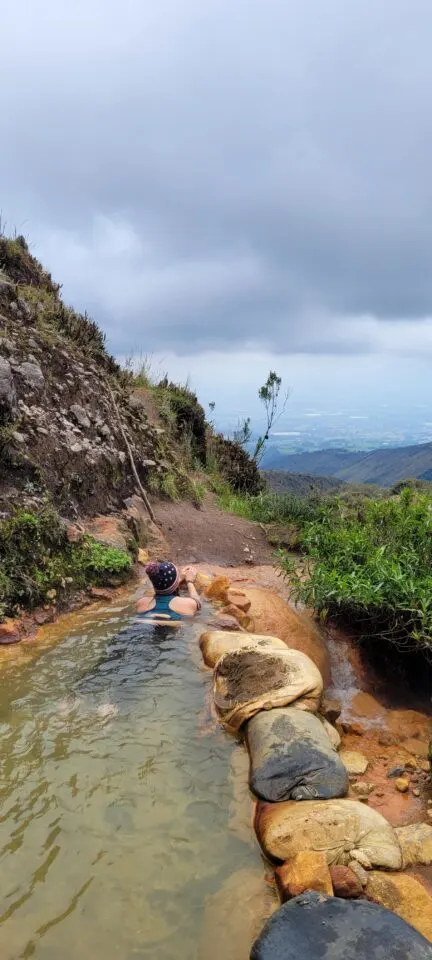

To get to the Cascadas de Oro and the Termas de Cunuyacu you must take the detour to the Pastocalle parish (Lasso sector) from the Panamericana (E35). From the main square you must ascend 11 kilometers along a dirt road until you reach the entrance of the Reserve.
Here is the link to the parking lot before entering the reserve (you need to get there by high clearance car): https://goo.gl/maps/rXhZgh6eQbNJwzaL8
Here is the link to the parking lot in Don Marquito’s workshop (accesible by regular car): https://goo.gl/maps/PHuoKfwxm7wdJEsL8
Map to get to the Reserve and the Cunuyacu waterfall:
Map to get to the Don Marquito parking lot if you do not have 4×4
How much does the entrance to the Ilinizas cost?
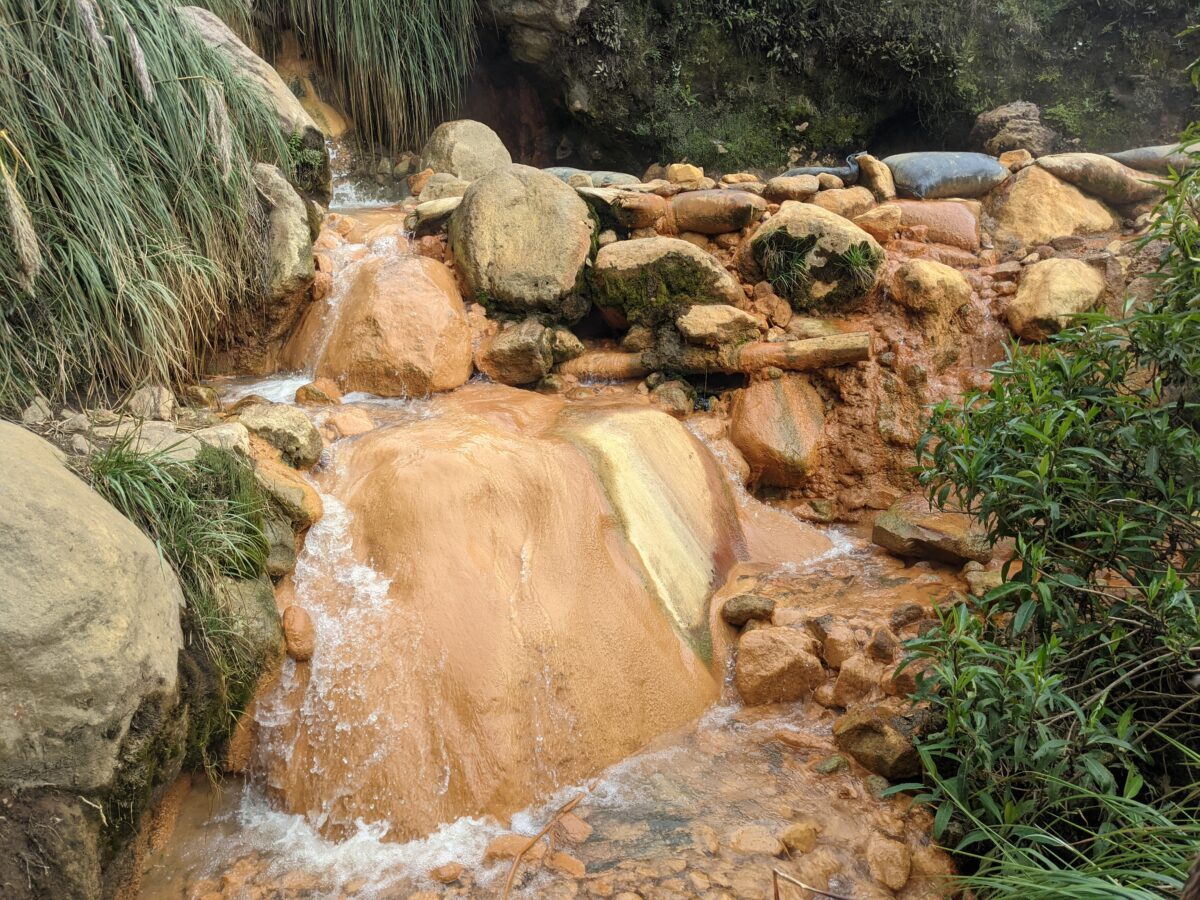

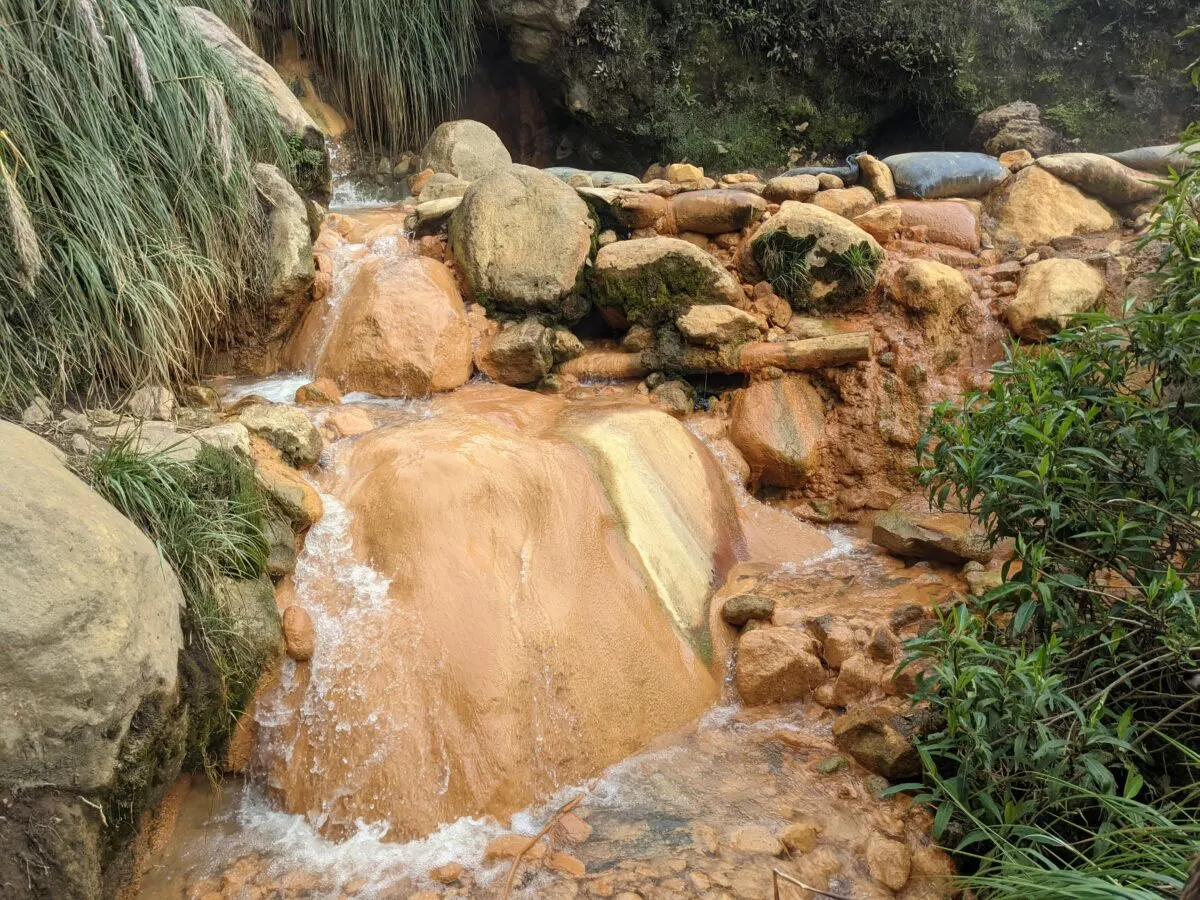

The entrance to the reserve is free where you can do activities such as mountaineering, hiking, camping, bird watching, photography, and bathing in the hot springs. I recommend you take a tour with Don Marquito that costs $45 from his house and $60 from the town. This price is from 3 to 6 people. He does not charge per person but per car. Contact: +593 99 309 2053
What to pack to visit the Cunuyacu Hot Springs and Waterfall?
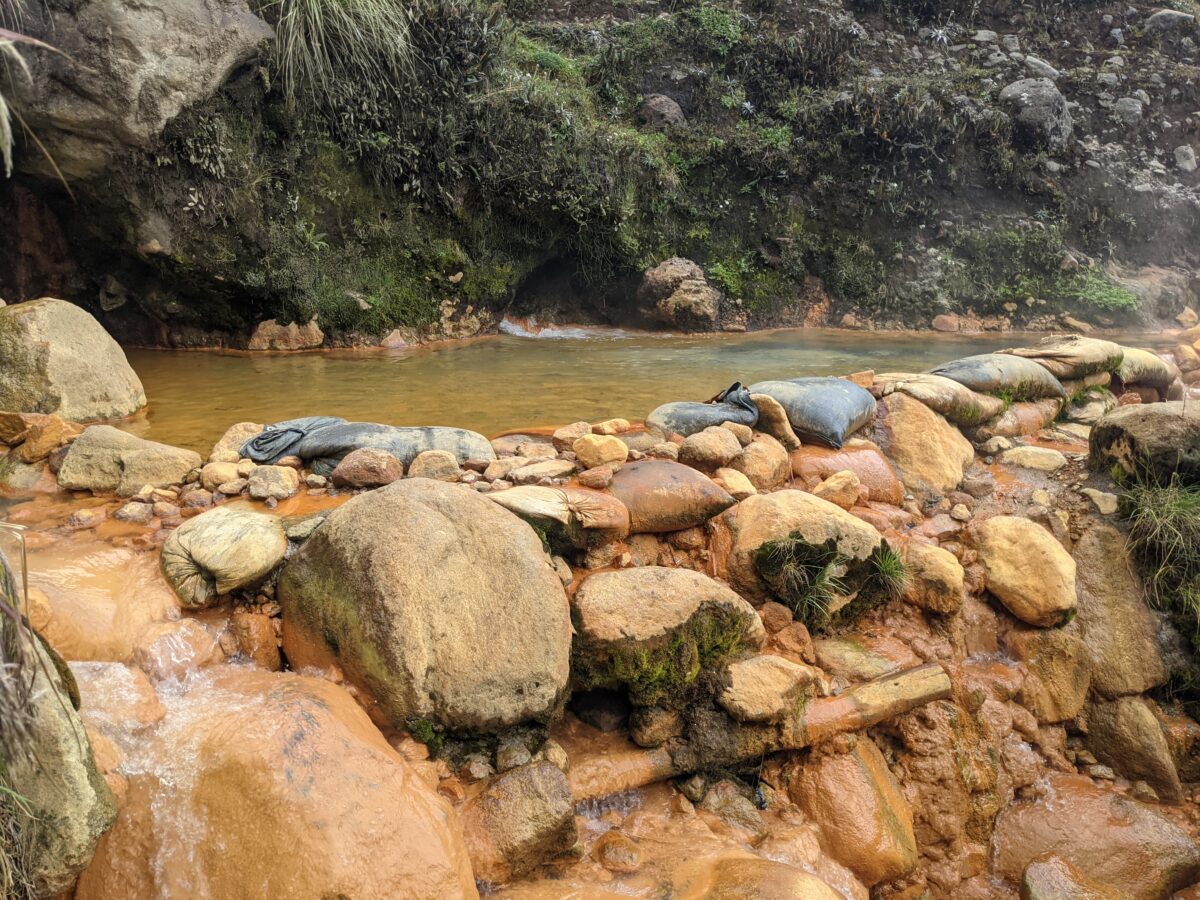

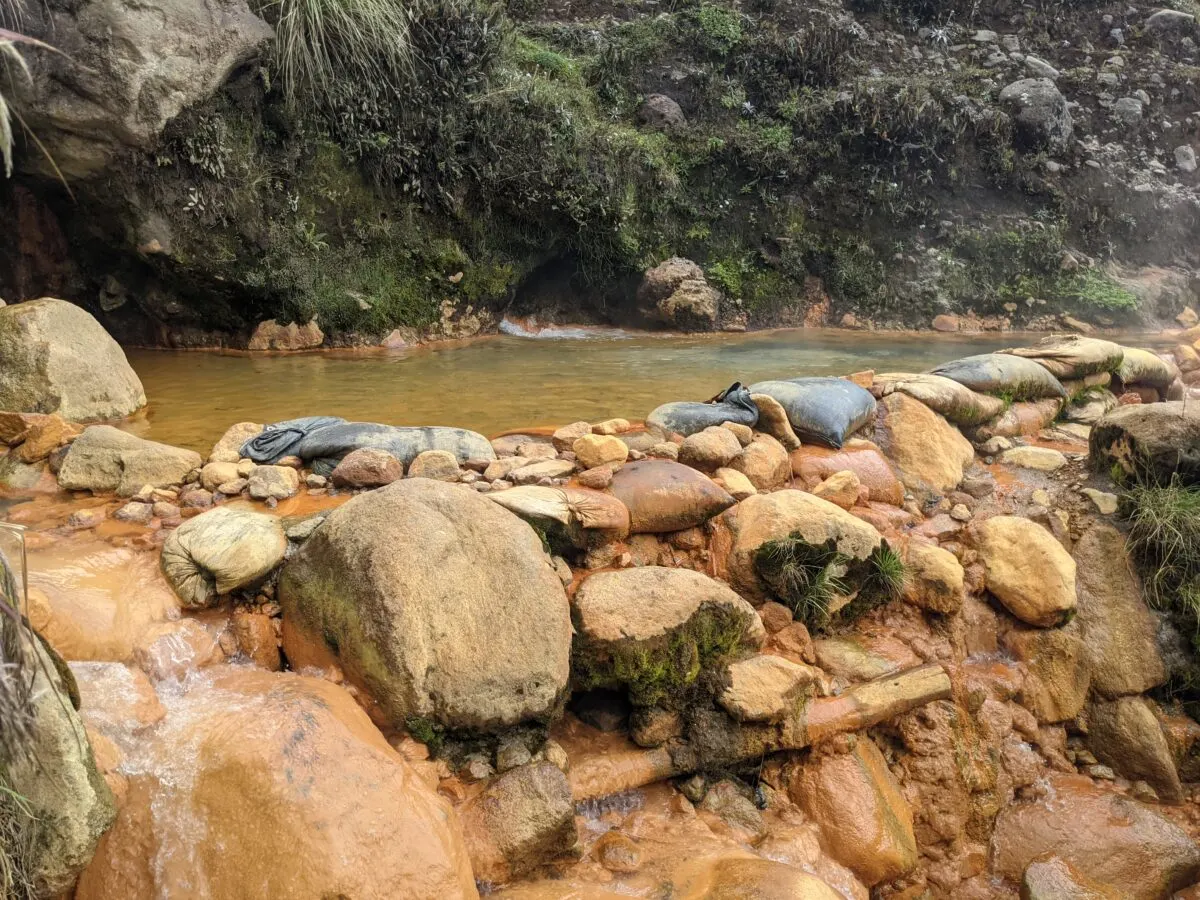

- Sunscreen
- Hat
- Waterproof sweater
- Glasses
- Bathing suit
- Towel
- Dry clothing
- Incest repellent
- Comfortable shoes
- Water
- Snacks
- Camera
What is the weather like in the Los Ilinizas Reserve?
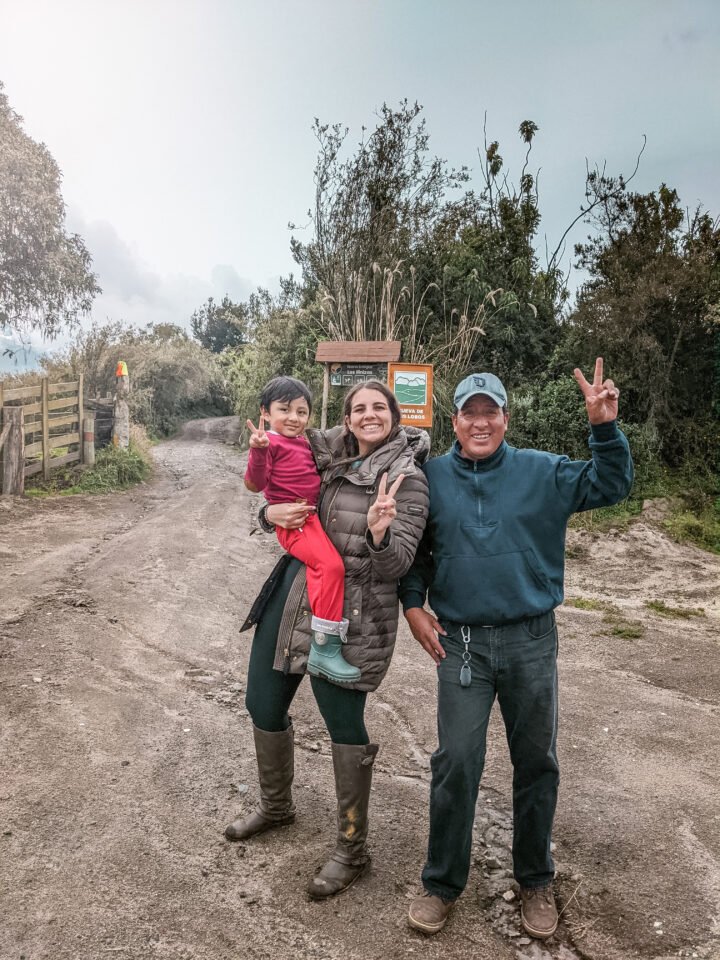

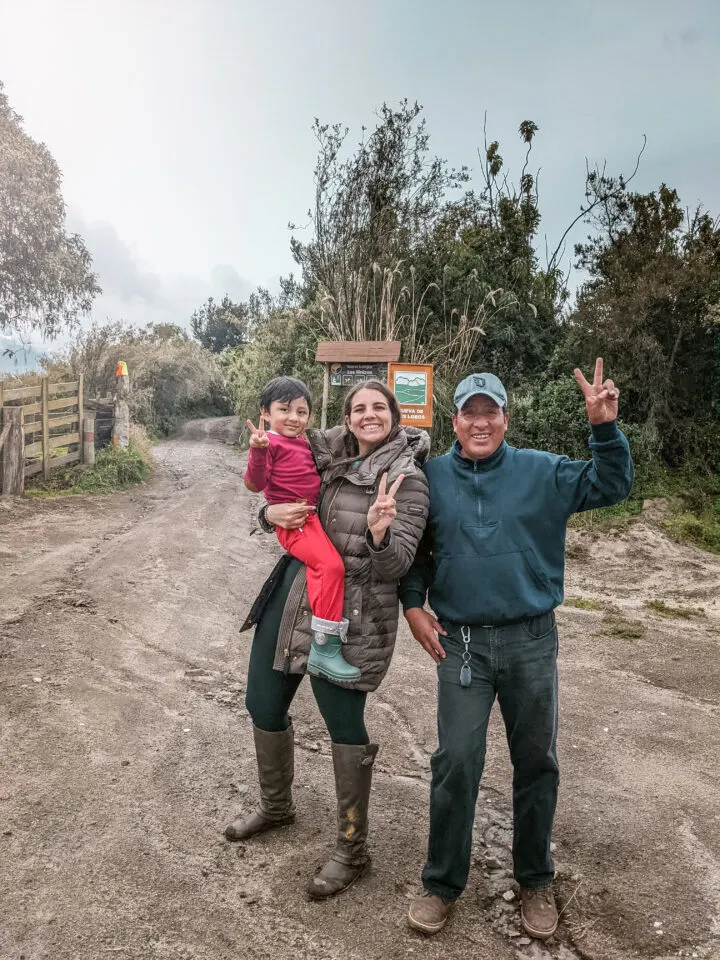

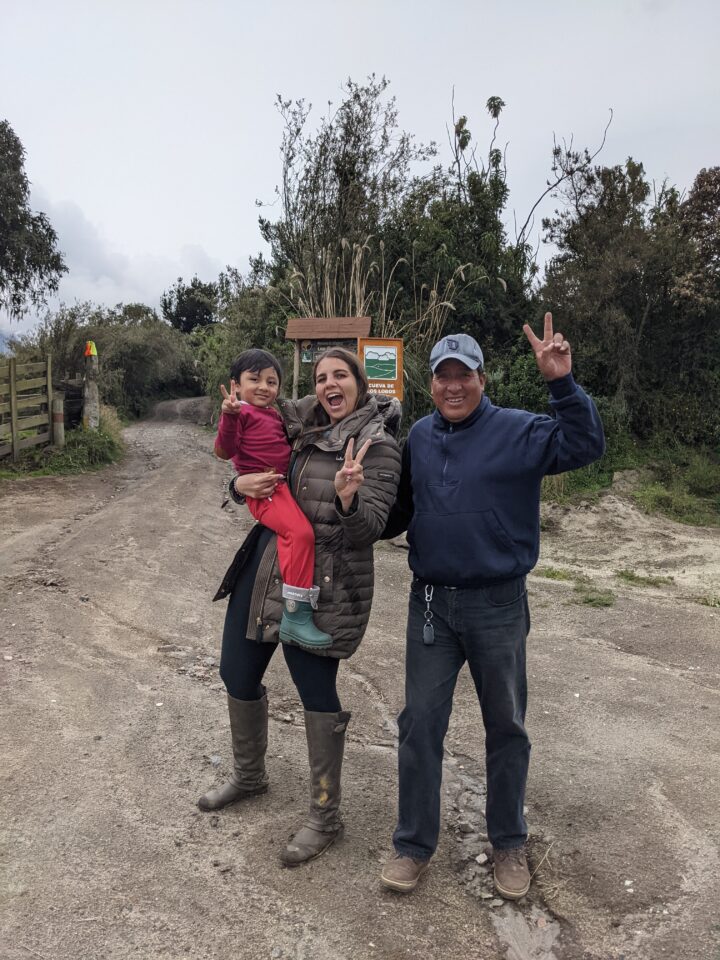

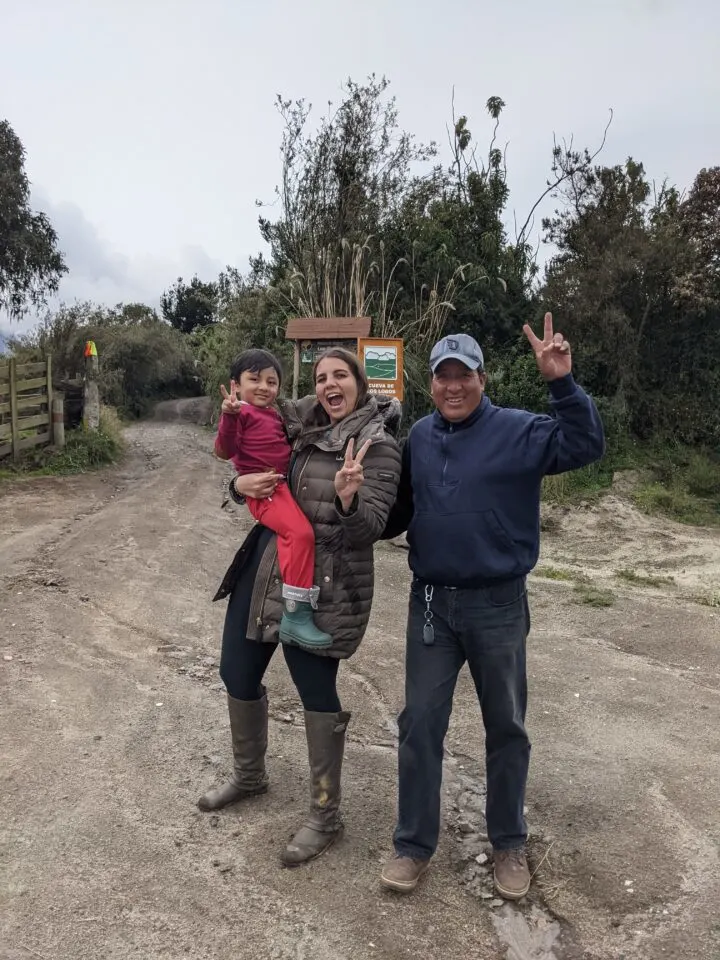

The temperature in the Los Ilinizas Reserve varies depending on where you are, if you are in the high elevation it can be between 0 and 2°C while in the lower elevations it is between 20 and 25°C.
What Fauna and Flora is found in the Ilinizas Reserve?
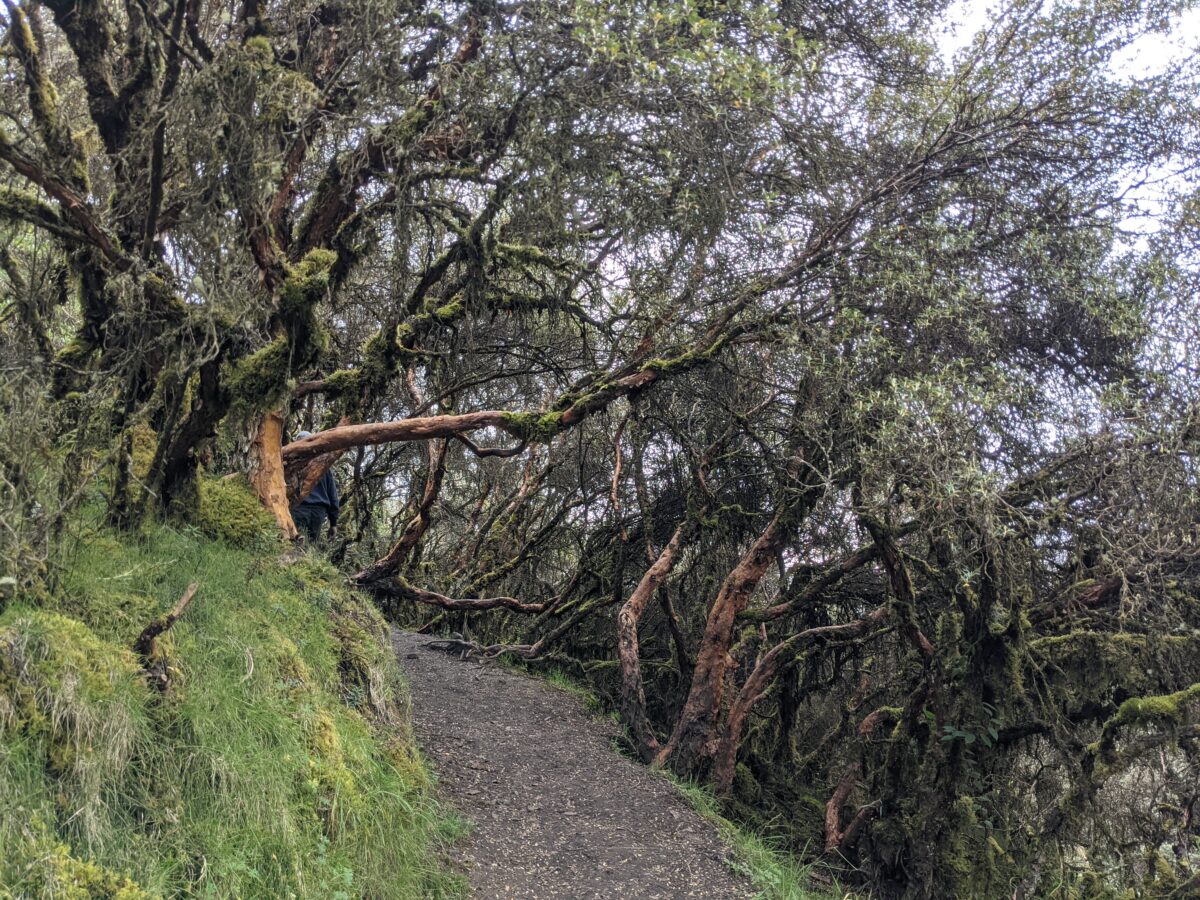

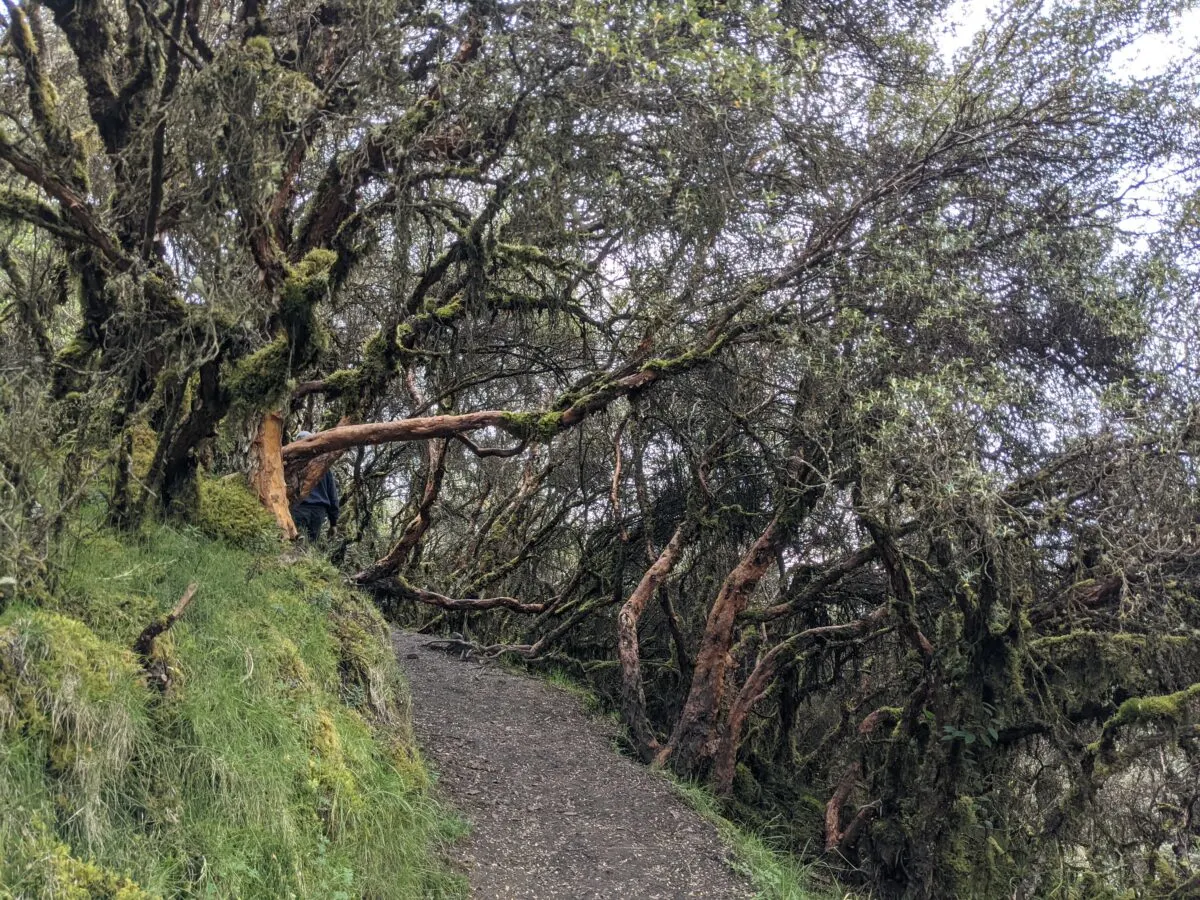

Regarding the flora, you can find the Sangre de gallina, sangre de drago, pambil, suro, achupalla, cinnamon, matapalo, myrtle, moral bobo, chinchín, sacha chocho, rabbit ears, cedar, walnut, wax laurel , alder, jiguas, the chonta and the tagua, matapalos, porotones, giant ferns, paper trees, chuquiraguas, pajonales, chochos de monte, mortiños, chilcas, zapatitos, milkmen and cacti and Romerillo.
In regards to fauna you can find 44 species of mammals, 47 of amphibians and reptiles, 257 species of birds, such as the black partridge, pygmy owl, giant gralaria, wattled guan, long-eared parrot, bearded toucan, hummingbird, dove, quilico, tit, brown quinde, parrot and sparrow. You can also find amphibians and reptiles such as marsupial frogs, lizards of the genus Pholidobolus, mountain iguana, and Anolis lizards as well as Atractus snakes.
The reserve is home to subtropical forests, Andean forests, and páramos. Within the subtropical forests you can find margays, armadillos and cusumbos, tanagers, nuthatch and hummingbirds. With a lot of luck you will be able to see the puma and the spectacled bear. In the Andean forests you can see the pacarana, the páramo wolf and the white-tailed deer and in the cloud forests you will find guans, partridges, toucans, hummingbirds and pygmy owls or Ecuadorian owls, the tororoi and the yellow-eared parrot.
The best things to do in Ilinizas?
The Ilinizas Ecological Reserve is home to a volcano with two peaks, a heart-shaped hill, and a turquoise-green lagoon. The Toachi and Pilatón rivers both start from here as well.
1. Laguna de Patos in the South Iliniza
In the middle of the two peaks you will find a turquoise lagoon, on the slopes of the Iliniza Sur glacier. To get there you have to first pass the Cunuyacu hot springs, going up the sandbank for two more kilometers. The walk can last 3 hours since it reaches a height of 4,717 meters. It is not a very difficult walk but due to the elevation you need to walk slowly.
2. Cunuyacu Hot Springs
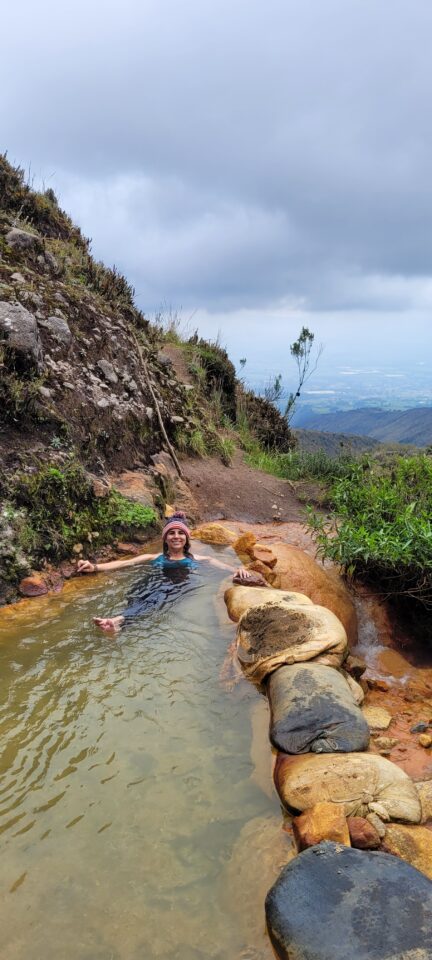

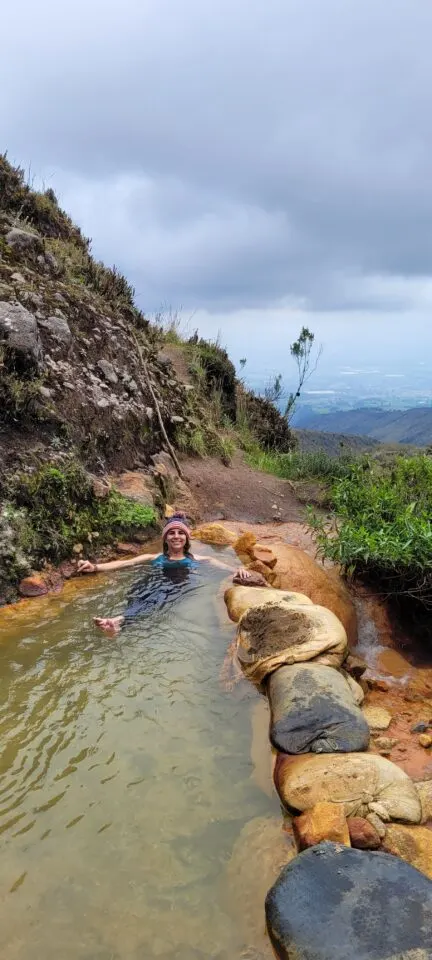





The Cunuyacu hot springs are natural pools located at 4,125 meters above sea level on the slopes of the snowy Iliniza Sur. The hot springs are transparent and of volcanic origin with a water temperature of 22ºC to 25ºC. To get to the hot springs you have to follow the path to the waterfall and walk for another 15 to 20 minutes until you reach the pool, passing through a forest of Polylepis. On a clear day you can see the volcanoes including Cotopaxi.
The hot springs have a maximum capacity of 8-9 people, there are no changing rooms or bathrooms, so we recommend you go with your bathing suit already on and bring your towel.
3. The Golden Waterfall or Cunuyacu Waterfall
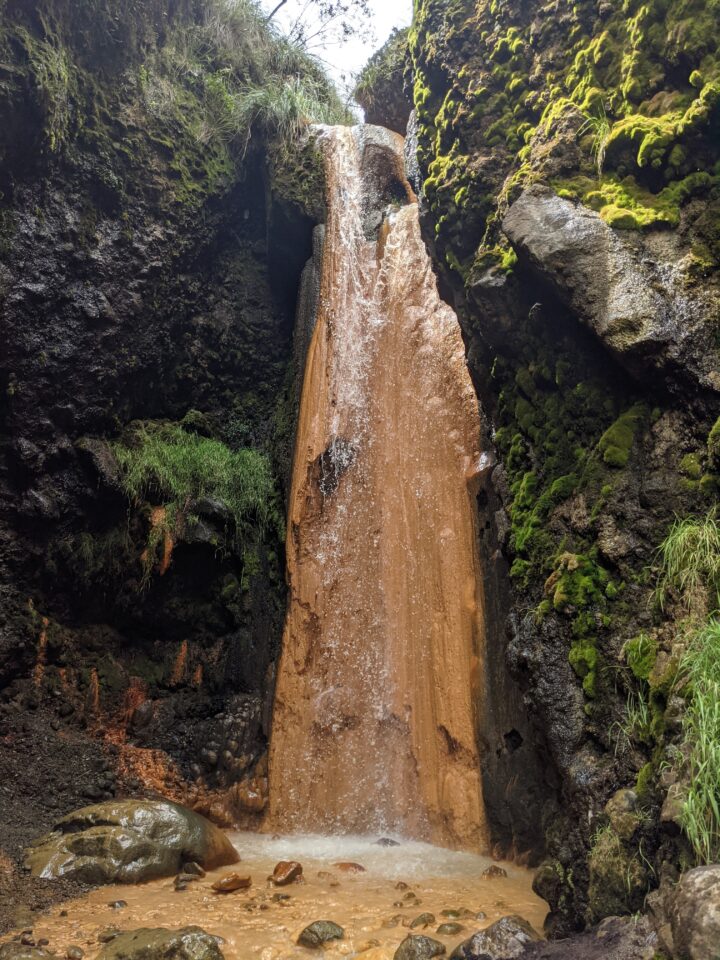

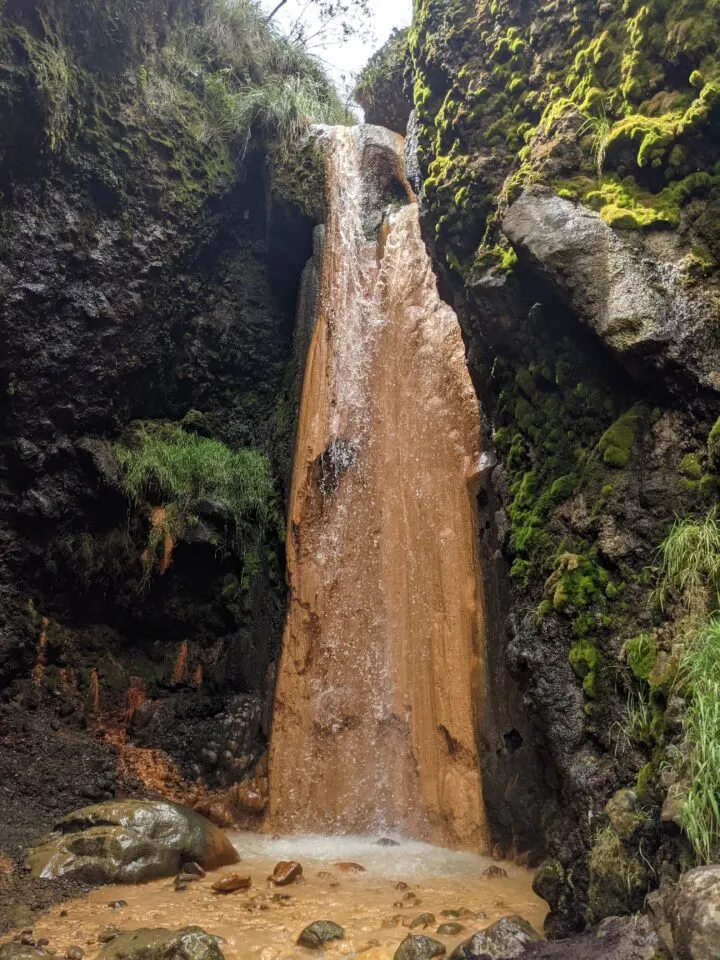

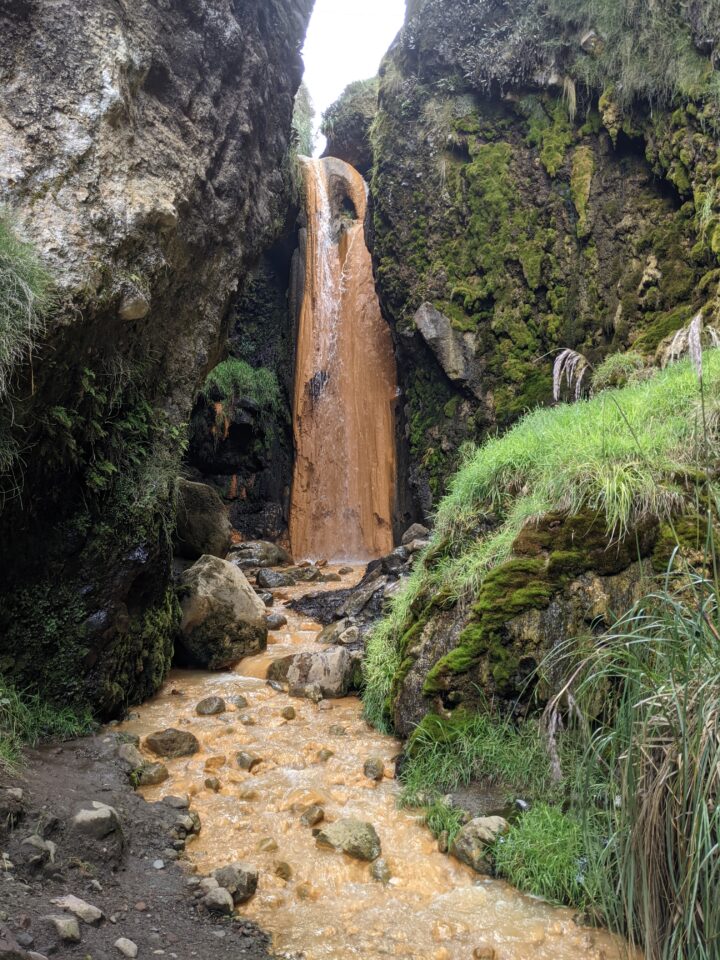

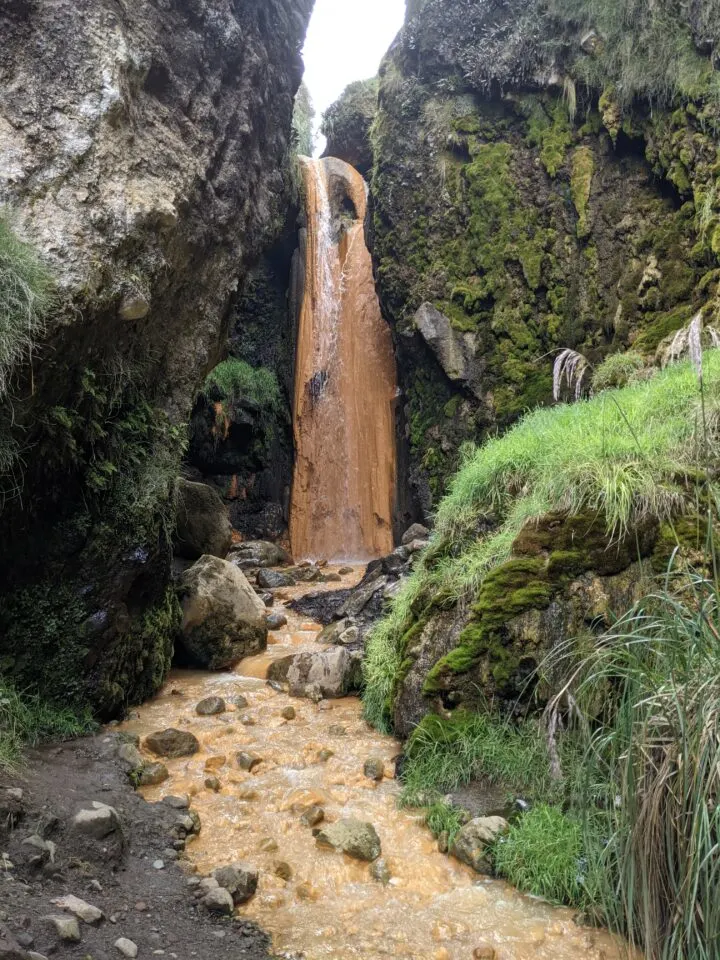

Like the Cunuyacu Hot Springs, the Oro waterfall contains a large amount of minerals such as sulfur and iron, which cause the stones to change color to a deep orange, although the water remains transparent and does not smell of sulfur. To get to the waterfall you must walk from the parking lot along a short path for 5 to 10 minutes. The small but impressive waterfall has a height of 12 to 15 meters with the water with a chilly temperature of approximately 6ºC.
4. Corazón Volcano
The Corazón volcano is called this due to its heart-like shape. You can climb to its summit, which is relatively easy to climb in contrast to neighboring volcanoes of Cotopaxi, Cayambe or Chimborazo.
5. Los Ilinizas
The interesting thing about the Ilinizas Volcano is that it has two summits, thanks to the constant volcanic eruptions. The highest and widest summit is at 5,263 meters and always has snow, while the North summit has an altitude of 5,125 meters and generally does not have snow. You can climb both summits.
6. Yagual
On a 4-kilometer trail you will go through a forest of paper trees, natural viewpoints and beautiful landscapes. The difficulty of the trail is ‘medium’ and it ends in the La Arista sector.
7. Quilotoa Lake
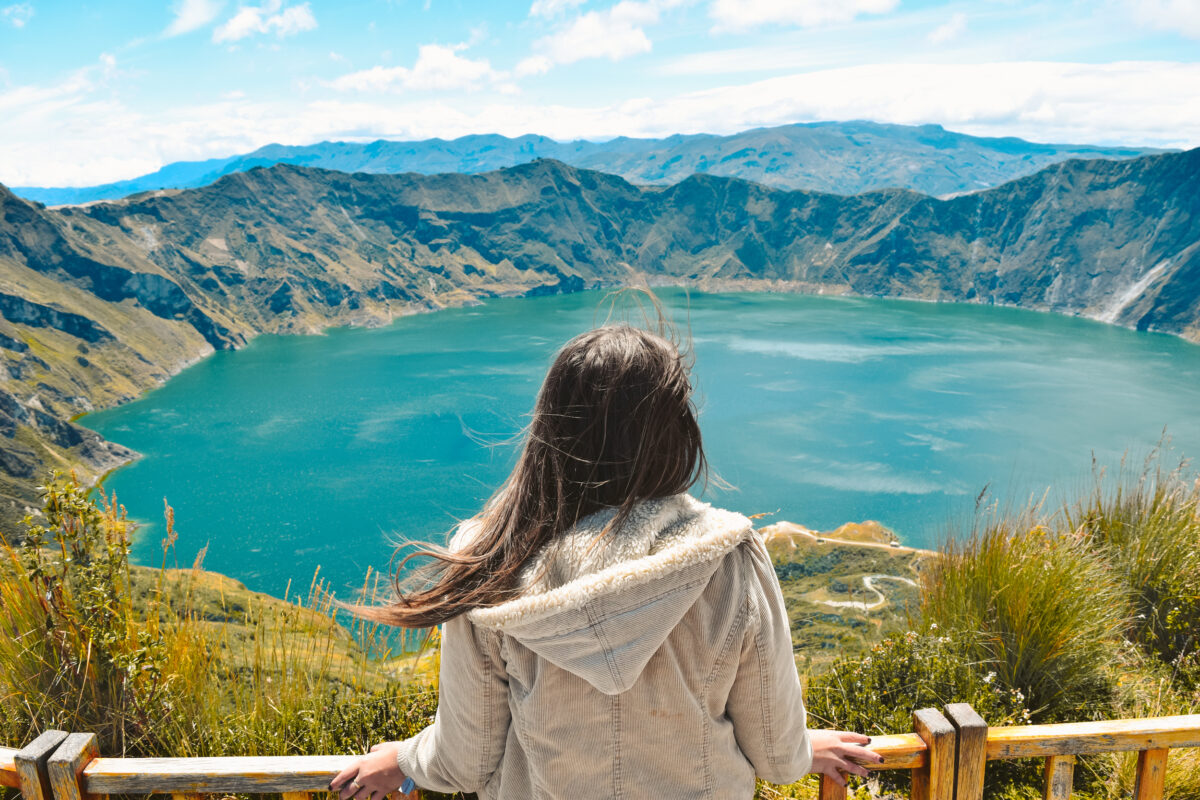

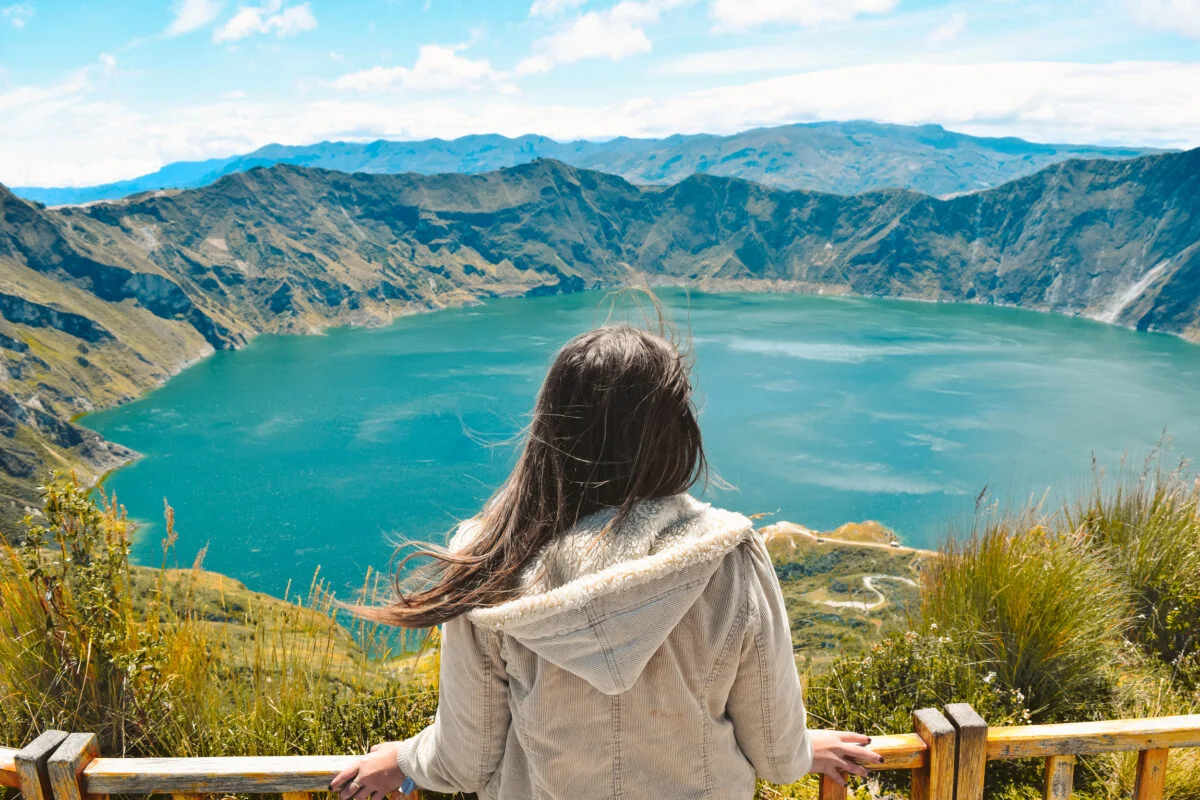

The Quilotoa Lake is one of the most beautiful places in the Ecuadorian Sierra. The lagoon is located inside a crater of an inactive volcano. The distance from the edge of the crater to the water of the lagoon is 2 kilometers, along a path that reaches the edge of the lagoon. The descent is not very difficult but the ascent is somewhat complicated due to the elevation.
In the lagoon you can ride a kayak. The lagoon is 250 meters deep and its turquoise water is ice cold. The minerals that give it its green color and the volcanic gases prevent fish or amphibians from living in the lagoon, or waterfowl from visiting it.
Read More: Everything you need to know to visit the Quilotoa Lake
